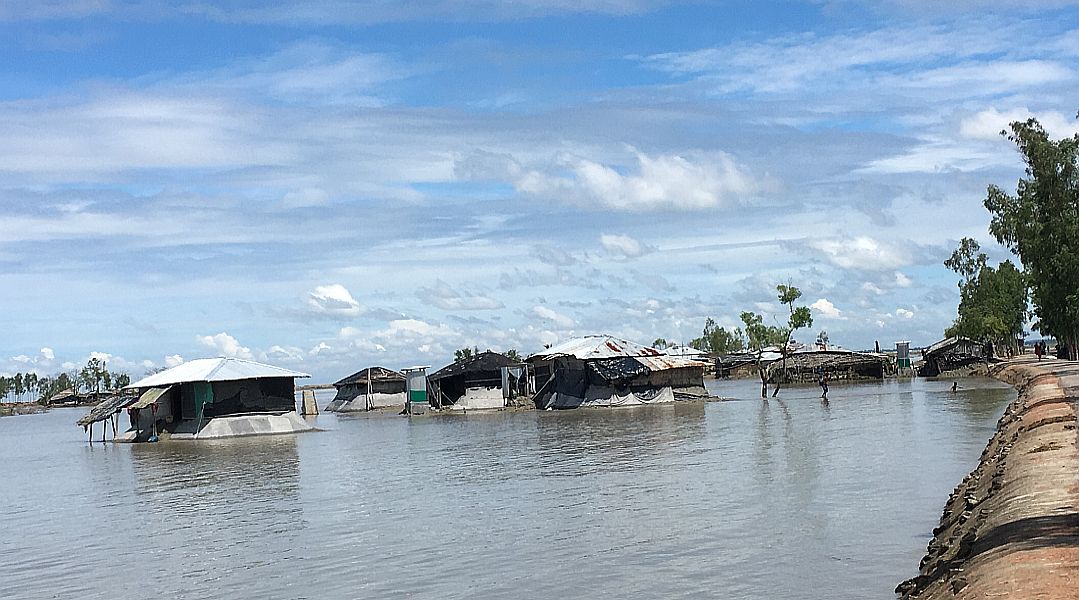Climate change is often assumed to cause a global increase in migrations. People are displaced as their agricultural livelihoods deteriorate, or their houses are destroyed by floods, sea-level rise, or storms become more dangerous.
Recent research on the topic of environmentally-induced migration, however, finds that people are dealing with new climate-change related migration pressures in very diverse ways. Some decide to relocate short distances away, others migrate seasonally to earn money elsewhere but return home part of the year. Some households have one family member migrate and send back remittances, and others refuse to leave their homes and try to adapt in place, despite changes in their environment. More often than not, these are patterns of migration that people engaged in before the effects of climate change were even felt.
This shows that the relationship between climate change and migration is not as straightforward as it is often represented, and that policy aimed to address people’s needs must acknowledge the various ways in which people deal with climate change.
In order to achieve that, a recent publication in WIREs Climate Change by researchers from Wageningen University proposes a perspective that focuses on the grounded practices, motives, and experiences of mobility and immobility in the context of environmental change: When and why do people decide to move in response to environmental changes? How do they cope with migration pressures? How and where do they move? Under what conditions? And who can or must stay behind?
By focusing on these elements, it is possible to get an understanding of the different capabilities people have to fulfill their aspirations to move permanently, temporarily, or not at all, when facing new or changing migration pressures. This perspective also helps to pay attention to how power relations and external control, such as migration regulations, impact some people’s capabilities for migration more than others.
Such a perspective can help to better attune academic analysis, especially policy discussions on ‘environmental migration’ to the actual practices and heterogeneous needs of those affected.

















